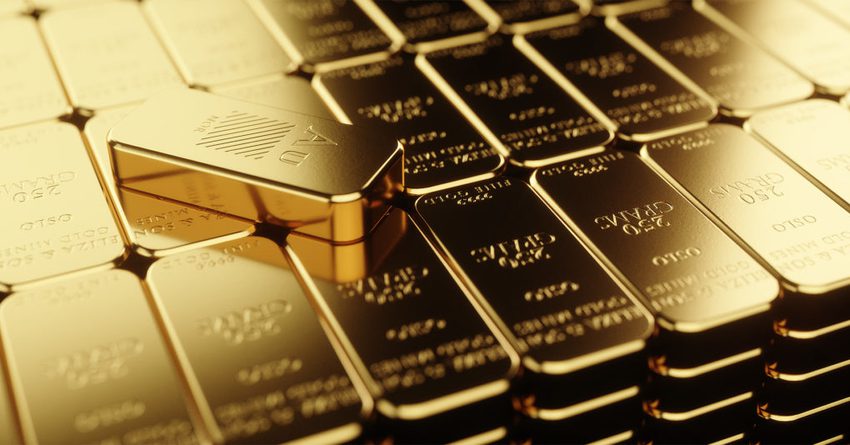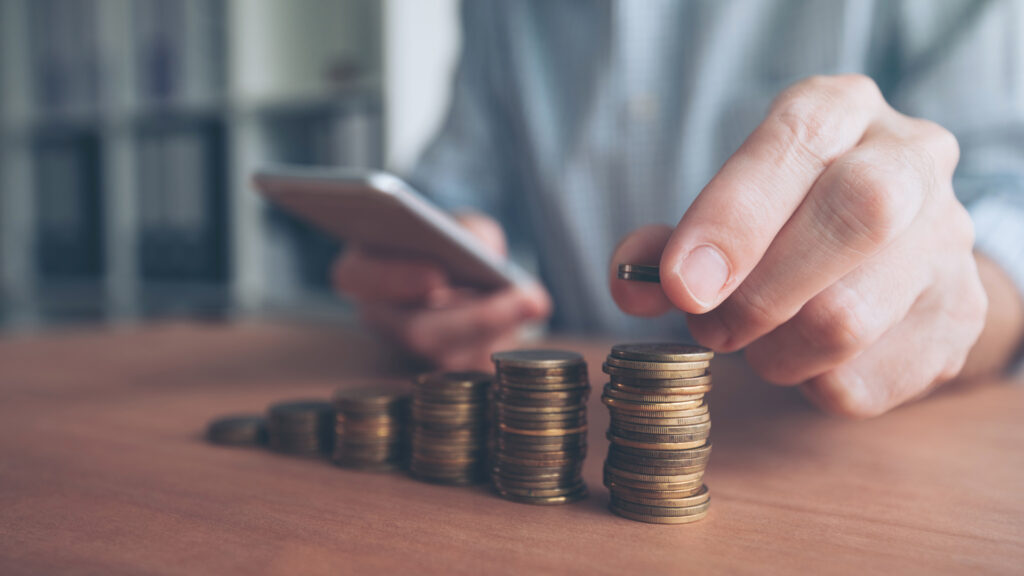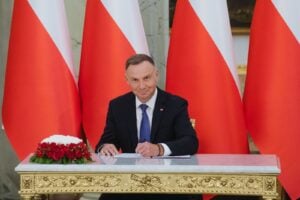Gold is rising: how central banks and the Fed are pushing the metal to $4900 per ounce
7 October 21:40
Investment bank Goldman Sachs has significantly raised its gold price forecast to $4900 per ounce in December 2026. This is 14% more than the previous forecast of $4300, "Komersant Ukrainian" reports with reference to Reuters.
According to analysts, the precious metal remains a key safe haven amid geopolitical turbulence, a weakening dollar and a gradual decline in US interest rates.
For several years now, gold has held the status of the main asset of the period of uncertainty. Goldman believes that its potential is far from being exhausted, and that the main drivers of growth will not be speculation but the systemic behavior of institutional players.
Central banks are creating a new wave of demand
One of the main arguments of the forecast is active gold purchases by central banks. According to the bank, they will purchase about 80 tons in 2025 and another 70 tons in 2026. This primarily concerns developing countries that are diversifying their reserves, reducing their dependence on the dollar and euro.
Goldman emphasizes that this trend is not short-term. Unlike fluctuations in the futures market, central banks’ investments remain in their portfolios for a long time. Thus, even a moderate increase in purchases creates stable demand and puts upward pressure on the price.
The Bank also draws attention to the geopolitical dimension of the process. Many countries outside the Western bloc are increasingly seeking to reduce their dependence on dollar-denominated financial instruments. In this context, gold is becoming a universal means of preserving value, independent of sanctions and political risks.
Gold ETFs and the new investment logic
The second important factor is the growing interest in gold ETFs, which provide investors with easy access to gold without physical possession. Goldman expects these funds to continue to grow their assets in 2025-2026, reflecting the changing sentiment of Western investors.
After several years of focusing on tech stocks, investors are returning to traditional assets, primarily due to fears of recession, debt crises, and dollar instability. For them, gold is once again becoming a symbol of stability, not just a hedging tool.
In addition, some private investors are switching from cryptocurrencies to gold, disappointed with the volatility of digital assets. This creates an additional flow of capital that supports the price of the precious metal.
Read also: New historical record: gold has not been so expensive for thousands of years
Fed rates and “cheaper” dollars
Goldman Sachs expects the US Federal Reserve to cut its key rate by 100 basis points by mid-2026. This means a decrease in the yield on dollar assets and, accordingly, an increase in the attractiveness of gold.
Gold does not generate interest income, so its price traditionally rises when interest rates fall. Relatively speaking, if money becomes cheaper, investors are looking for something that does not depend on the credit cycle. And gold works perfectly in this sense.
The expected weakening of the dollar has an additional effect, making gold cheaper for buyers in other currencies. Goldman predicts that the dollar index (DXY) could fall by 5-7% over the next two years, which creates favorable conditions for the gold price to rise.
Factors that can stop growth
Despite Goldman Sachs’ optimism, there are counterarguments. Gold may not reach $4900 if:
- The Fed decides to keep rates at the current level;
- the dollar, on the contrary, strengthens due to the US economic recovery;
- demand from ETFs and central banks cools earlier than the bank expects.
Another potential threat is a sharp decline in geopolitical tensions or stabilization of energy markets, which will reduce demand for “protective” assets.
In addition, the gold market remains tight. Even small changes in capital flows can cause significant fluctuations. Analysts warn that a record forecast does not mean a guaranteed result.
Raising the forecast is a signal to global investors and central banks. Goldman actually recognizes that gold is turning into a strategic asset of the new era, when financial systems are looking for protection against debt risks and currency fluctuations.
For Ukraine and other countries with unstable currencies, this may be an incentive to reconsider their reserve strategies. If the world enters a phase of long-term “high-cost security,” gold will once again be at the center of the global financial architecture.
Дивіться нас у YouTube: важливі теми – без цензури
Amid rising debt burdens and rising capital costs, gold may be the only asset that retains confidence regardless of political and financial cycles. That is why Goldman Sachs’ forecast is not just a number, but a strategic signal: the global economy is preparing for a new era of caution, where the value of stability is growing faster than any profits.
Читайте нас у Telegram: головні новини коротко









